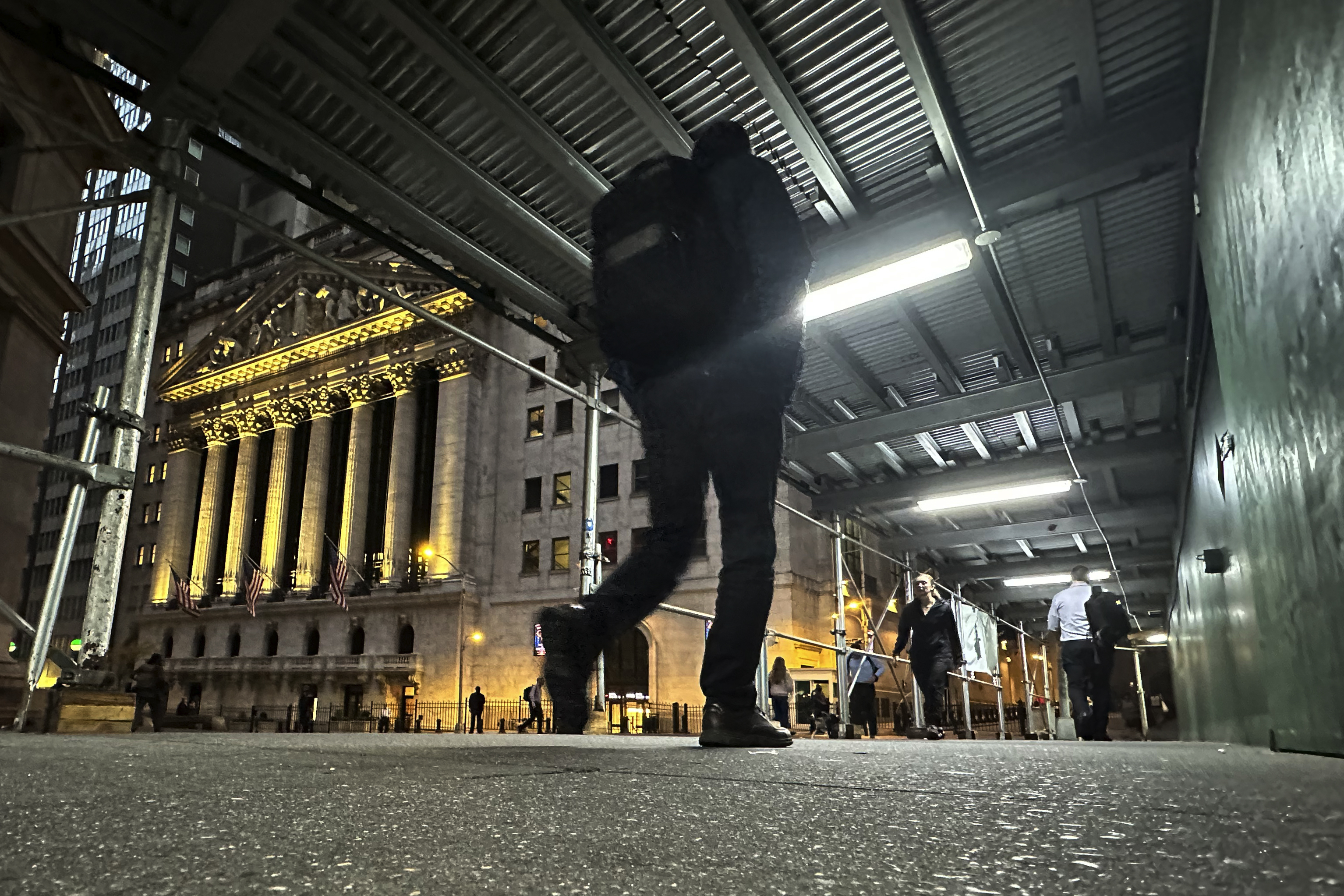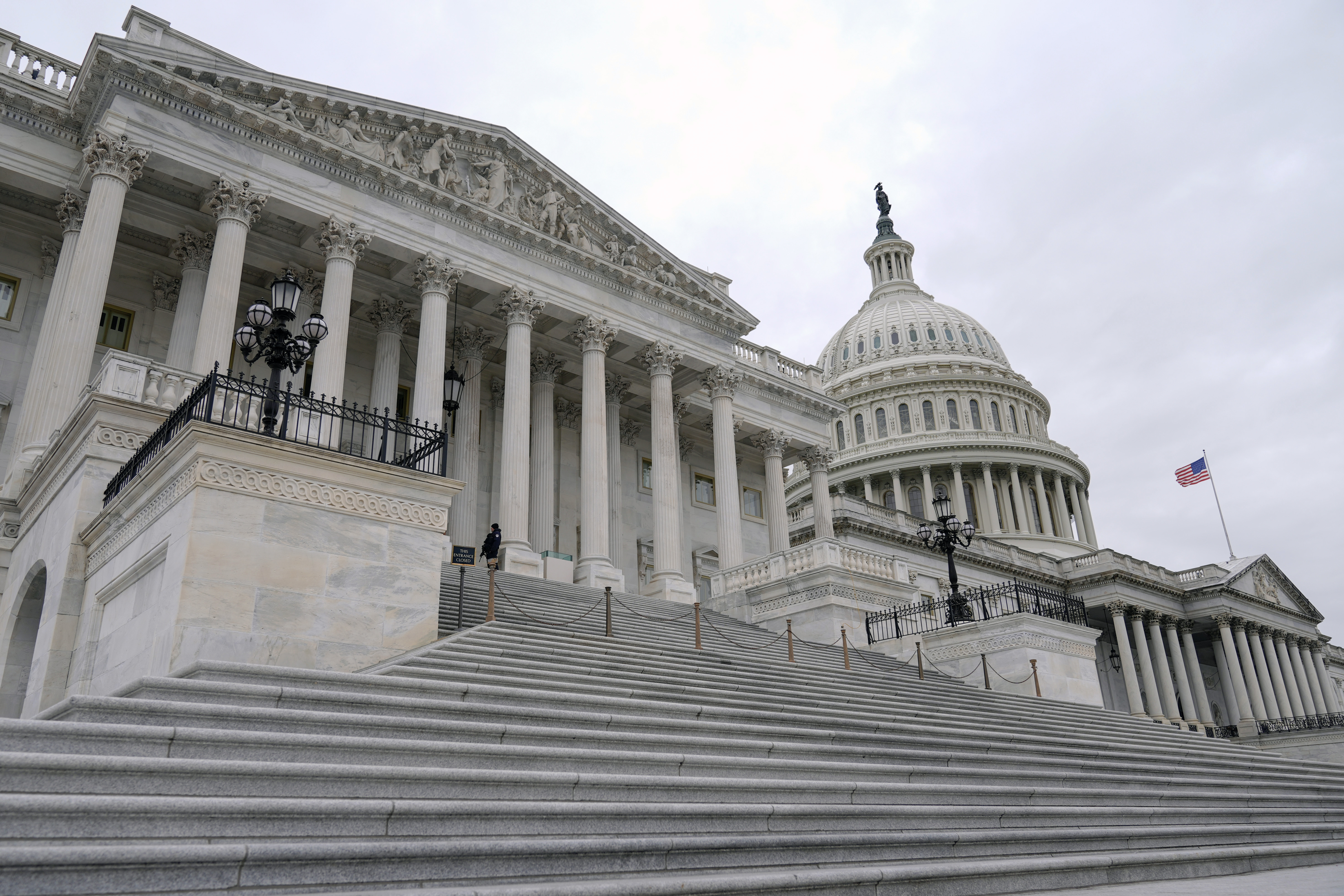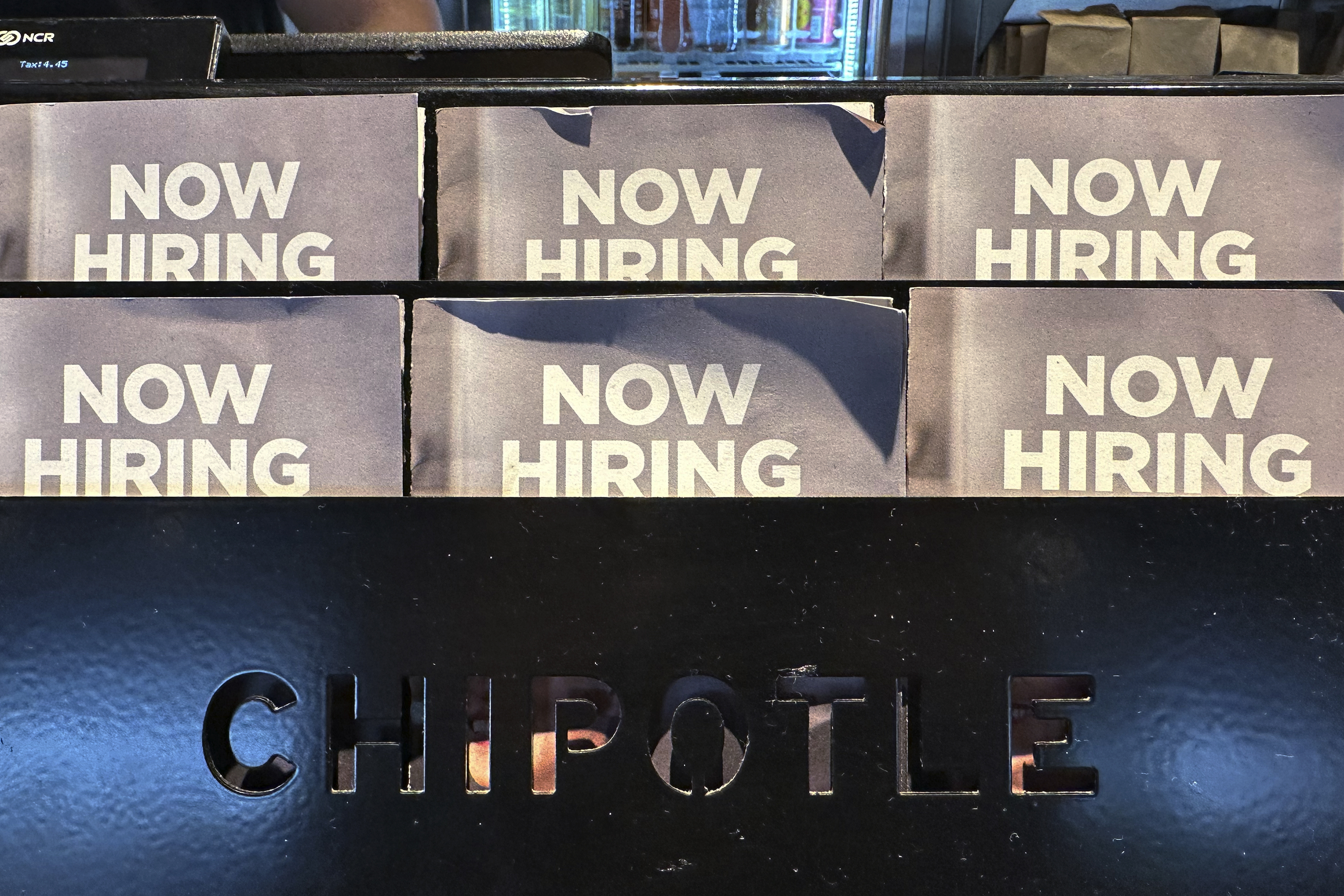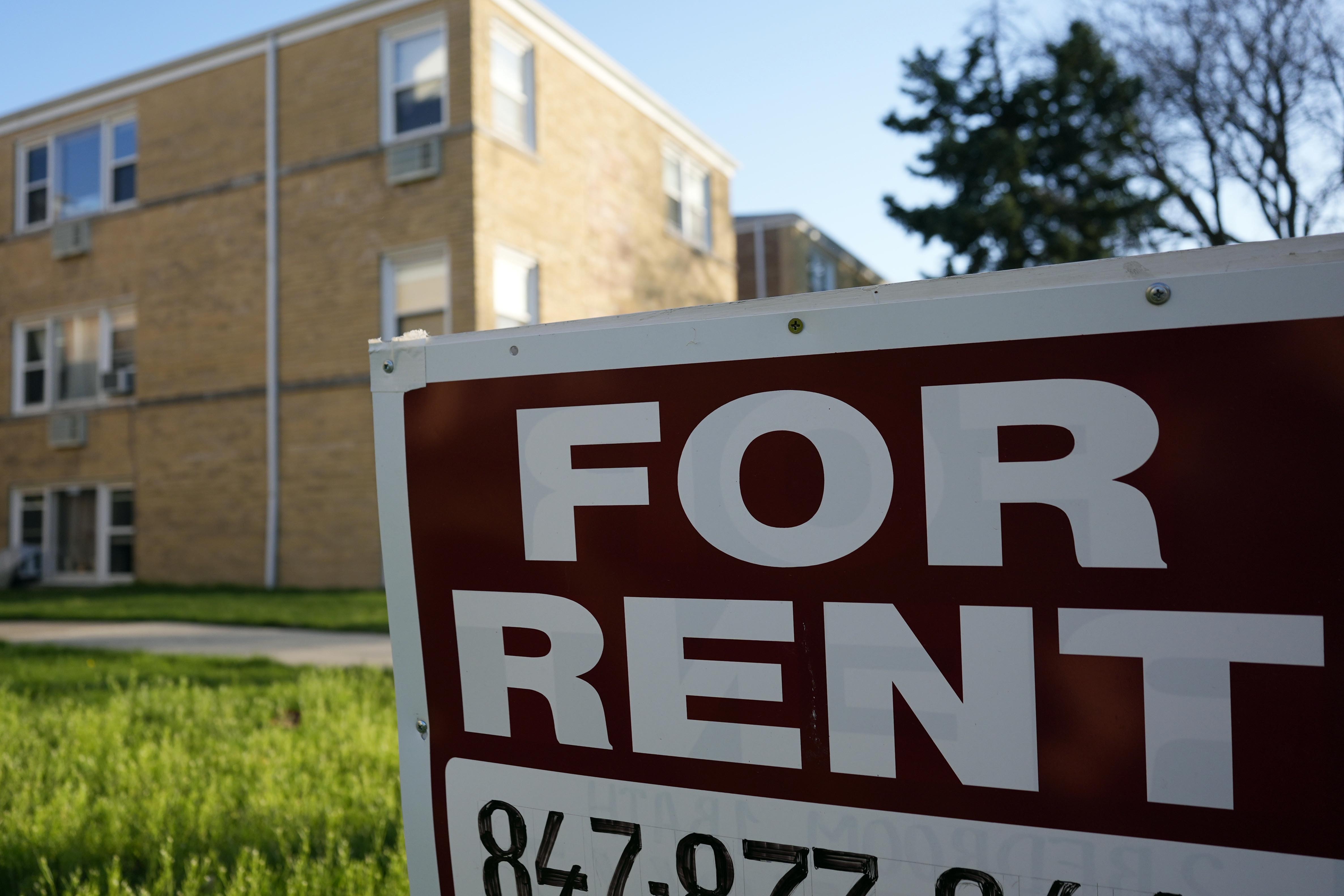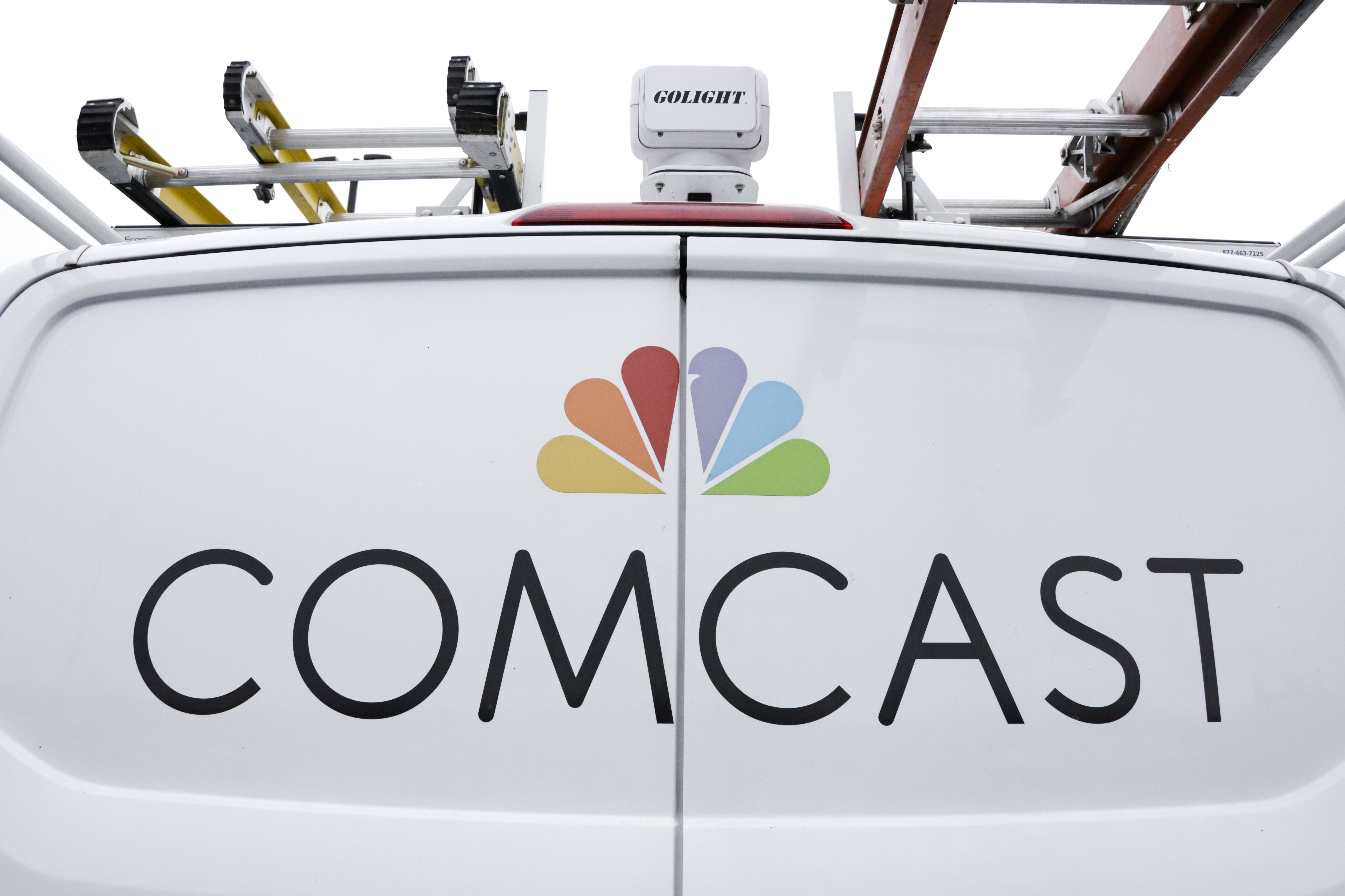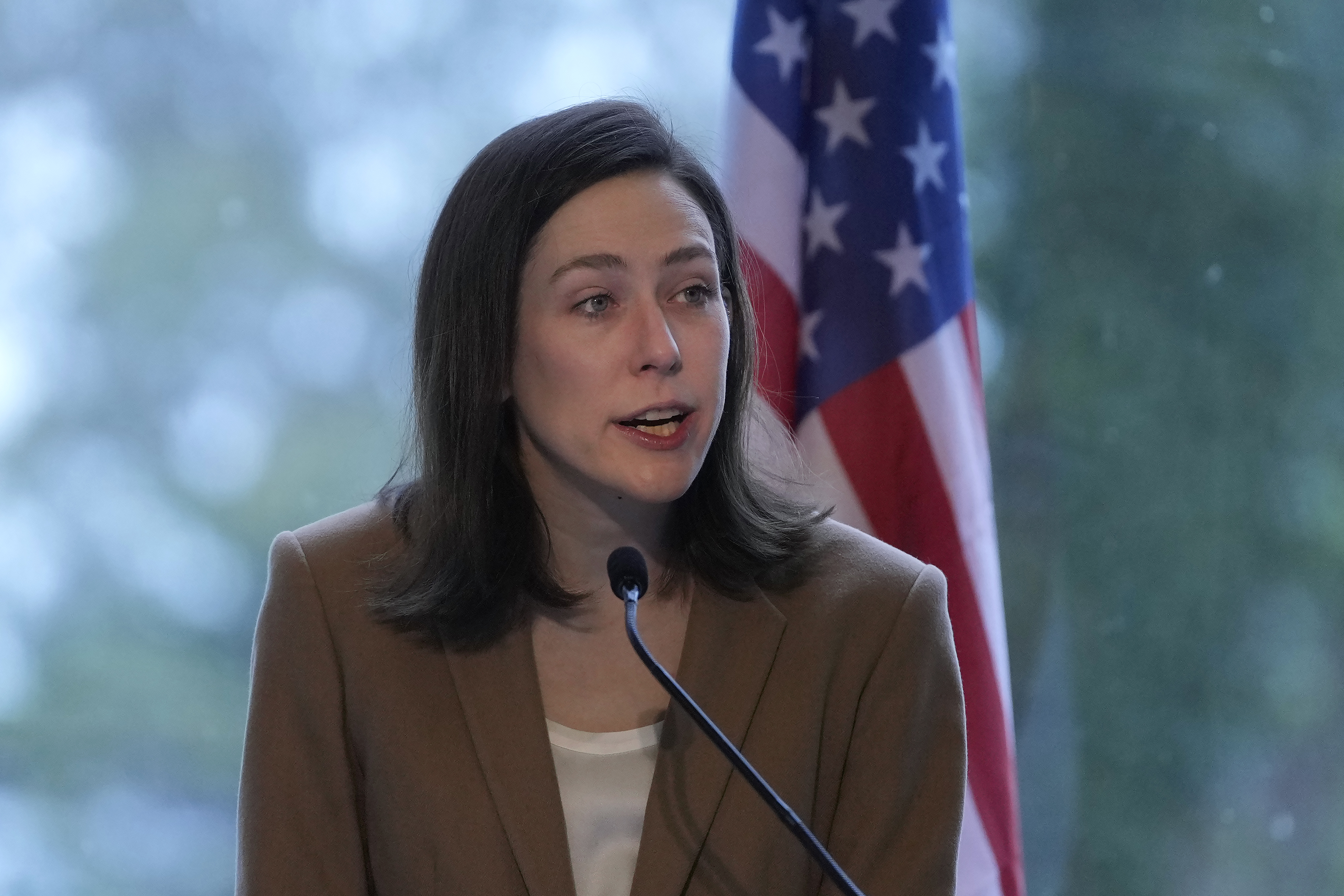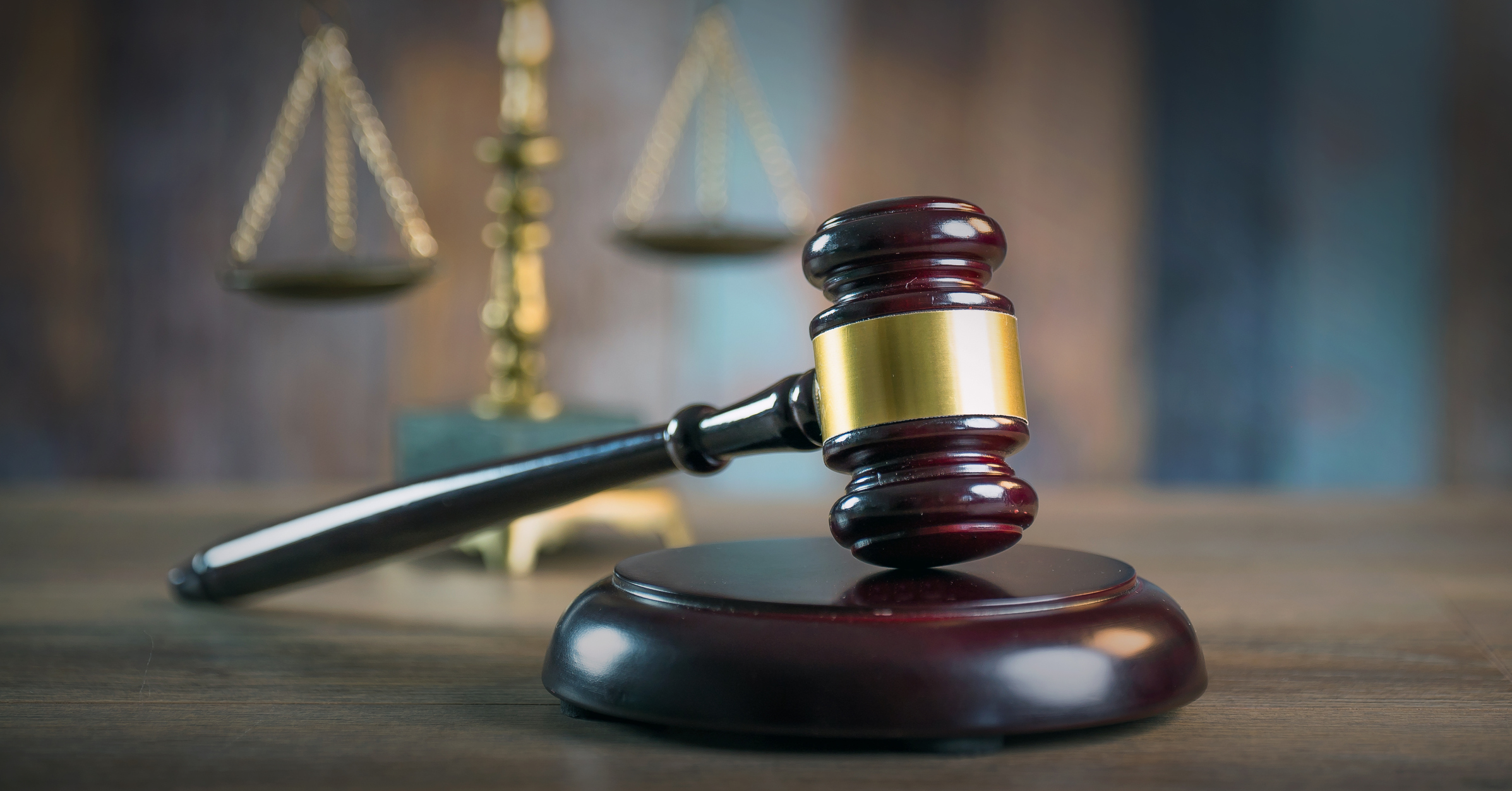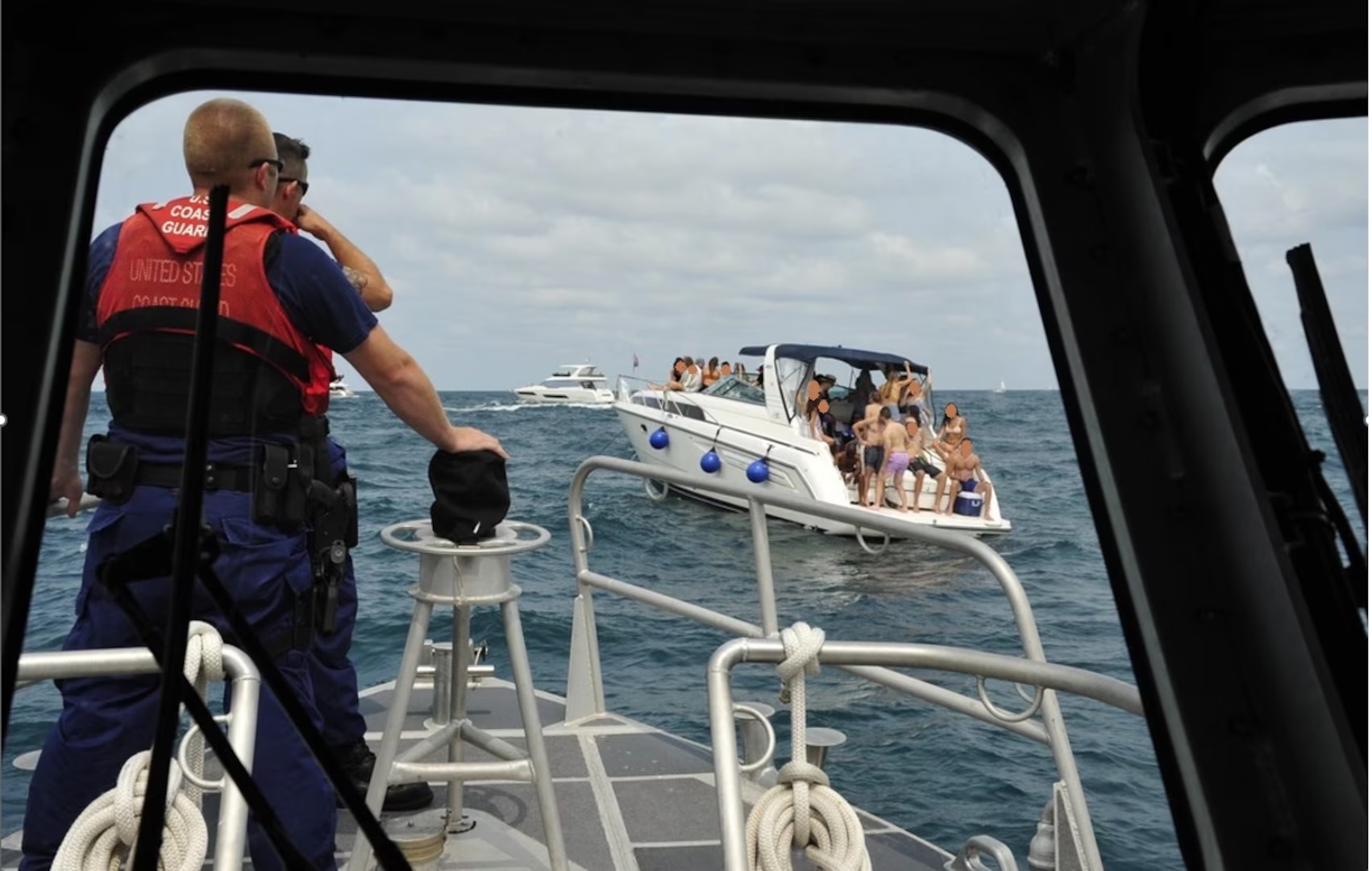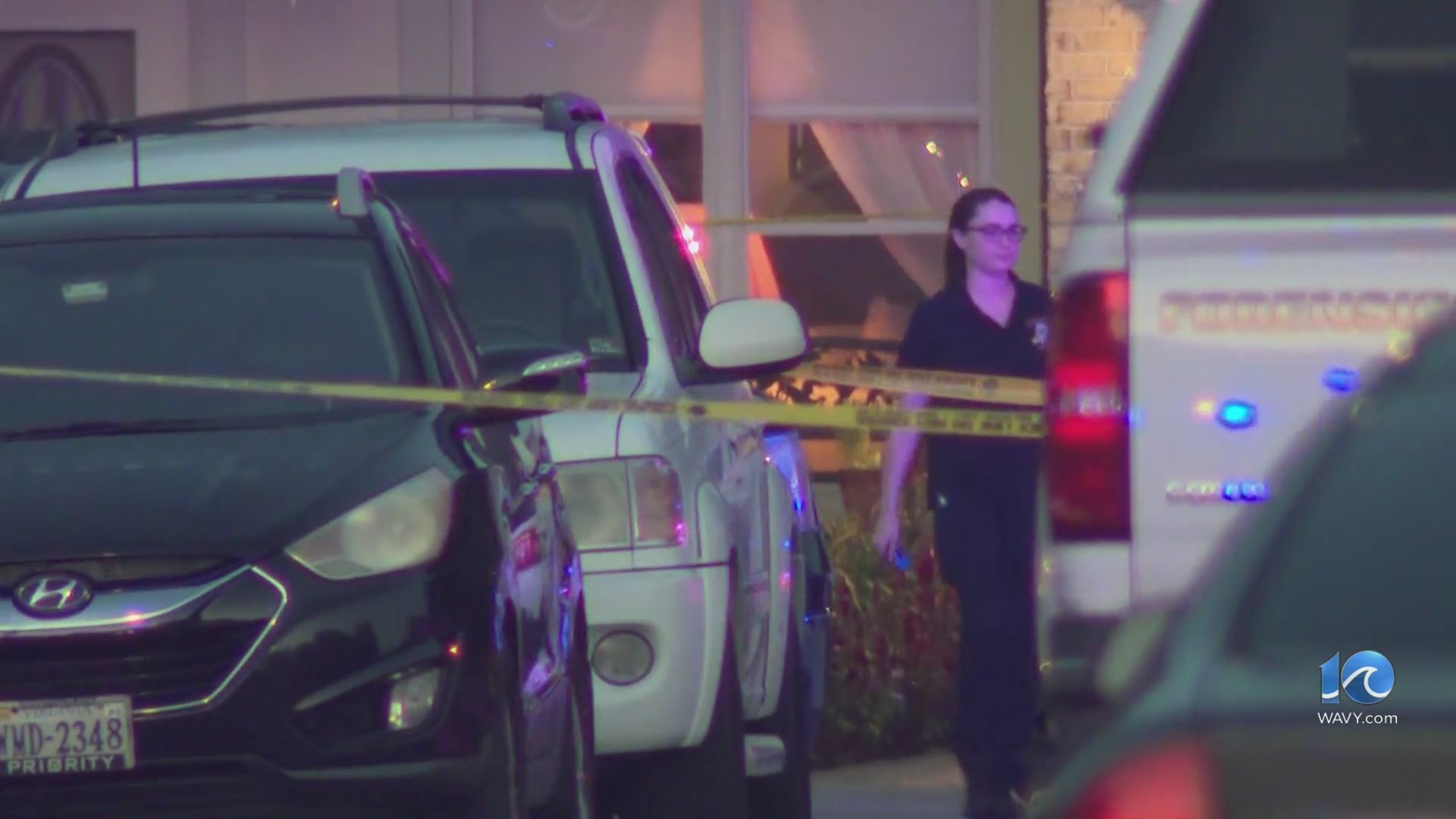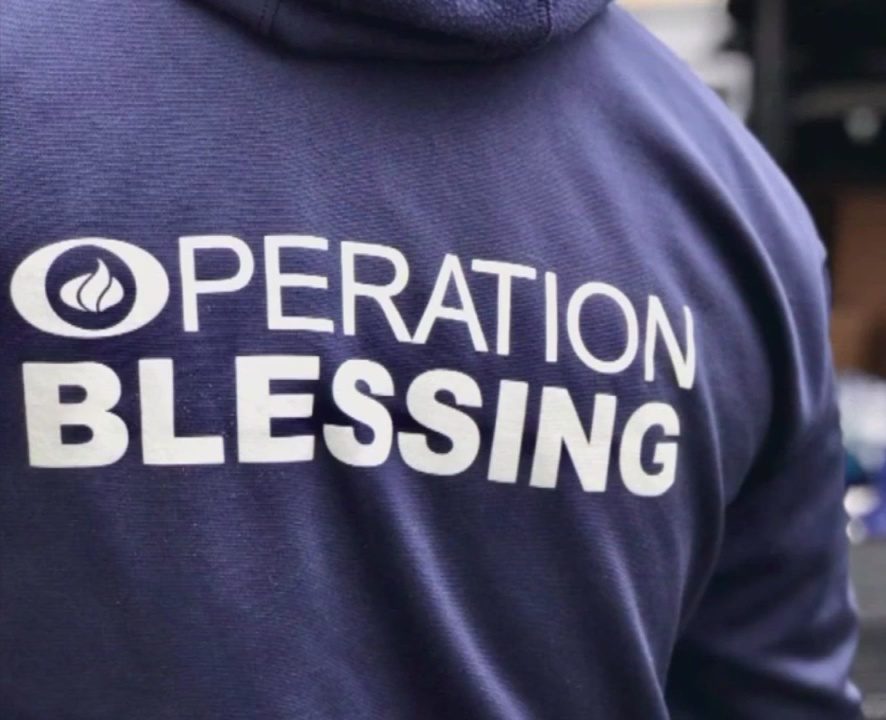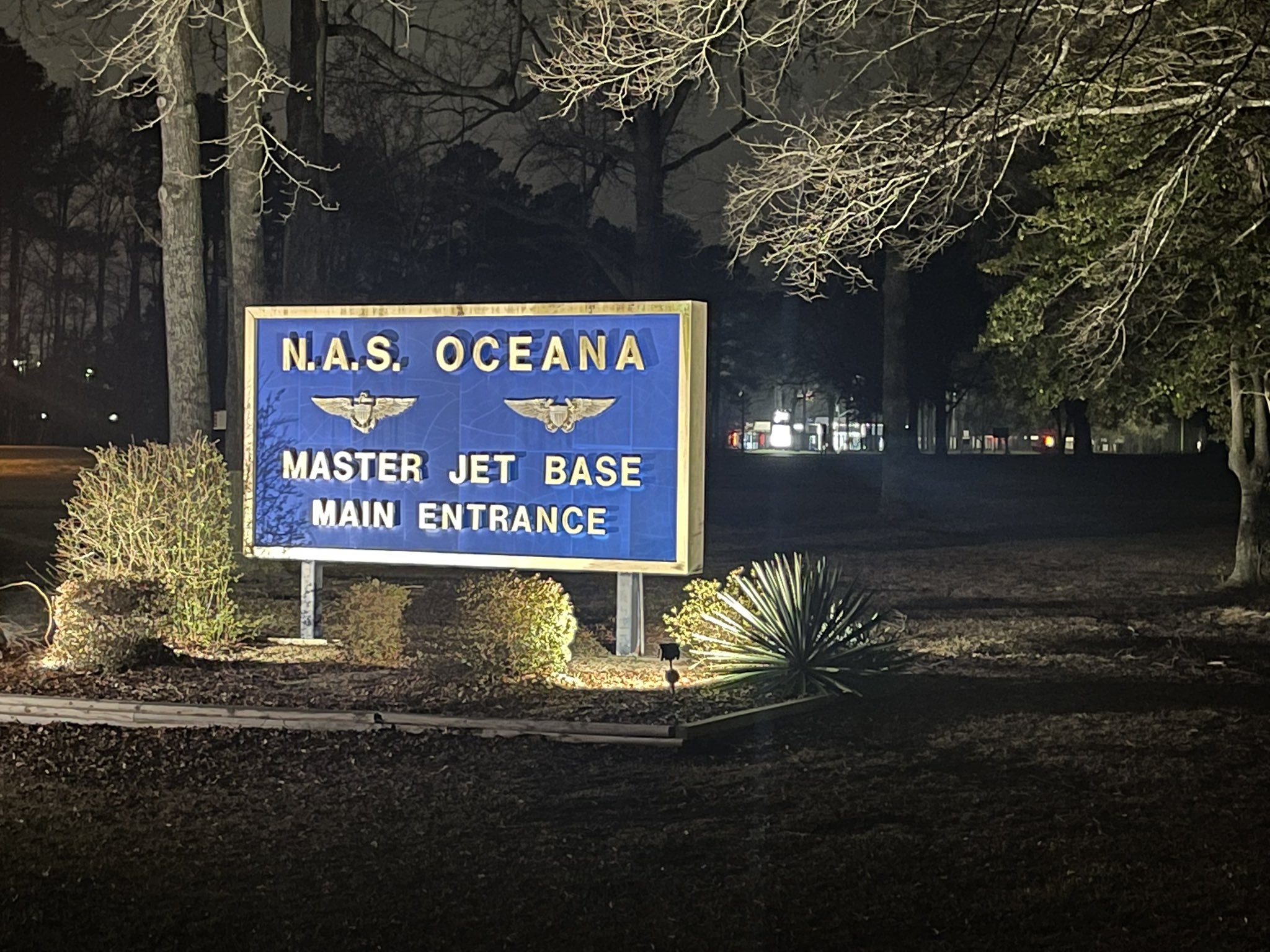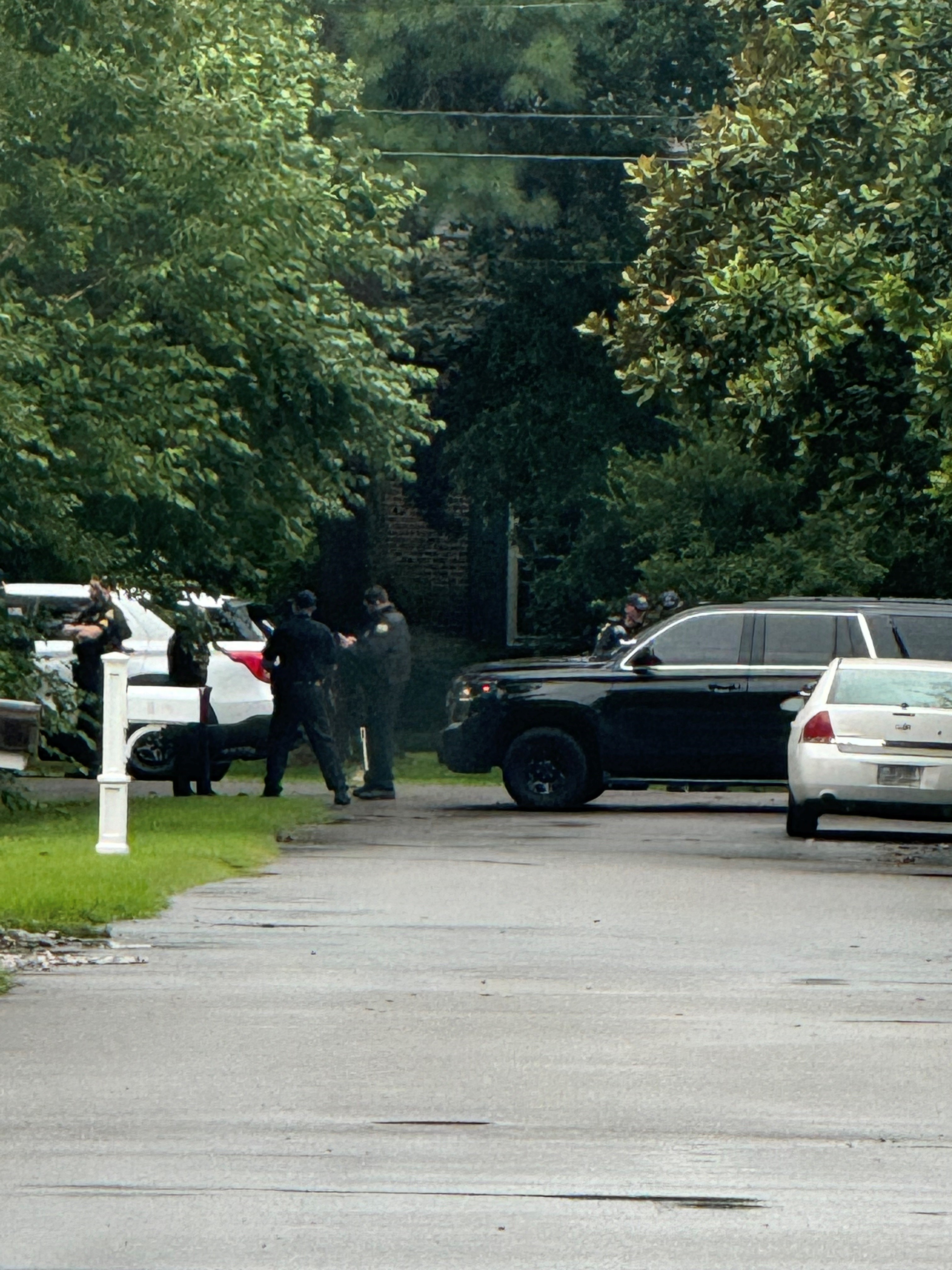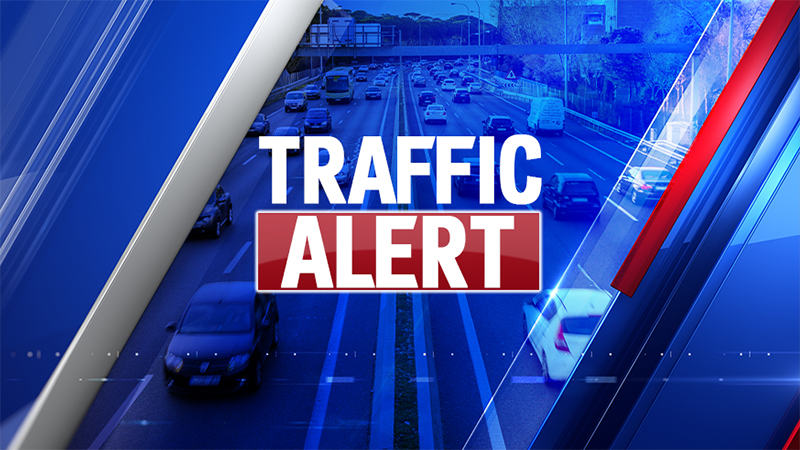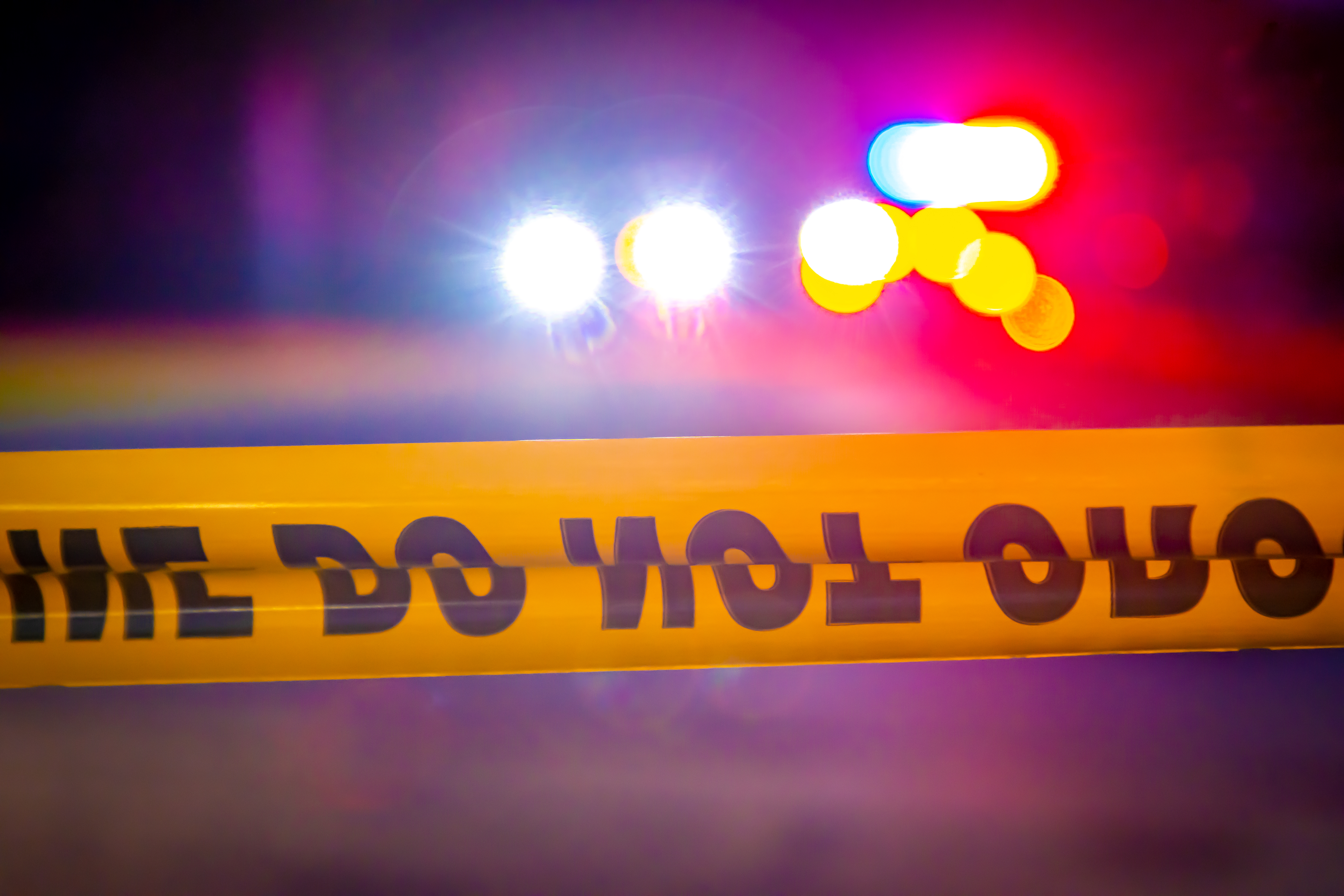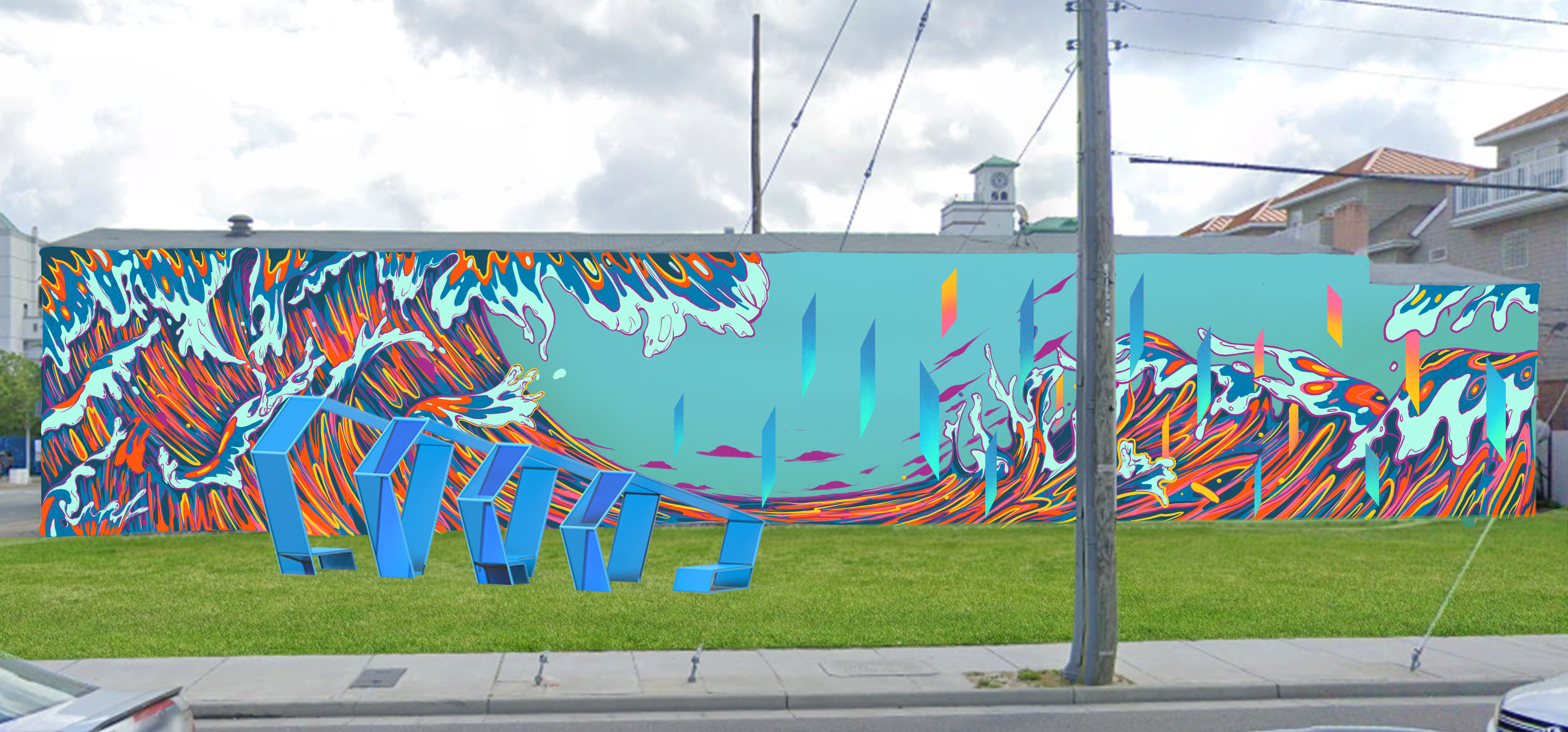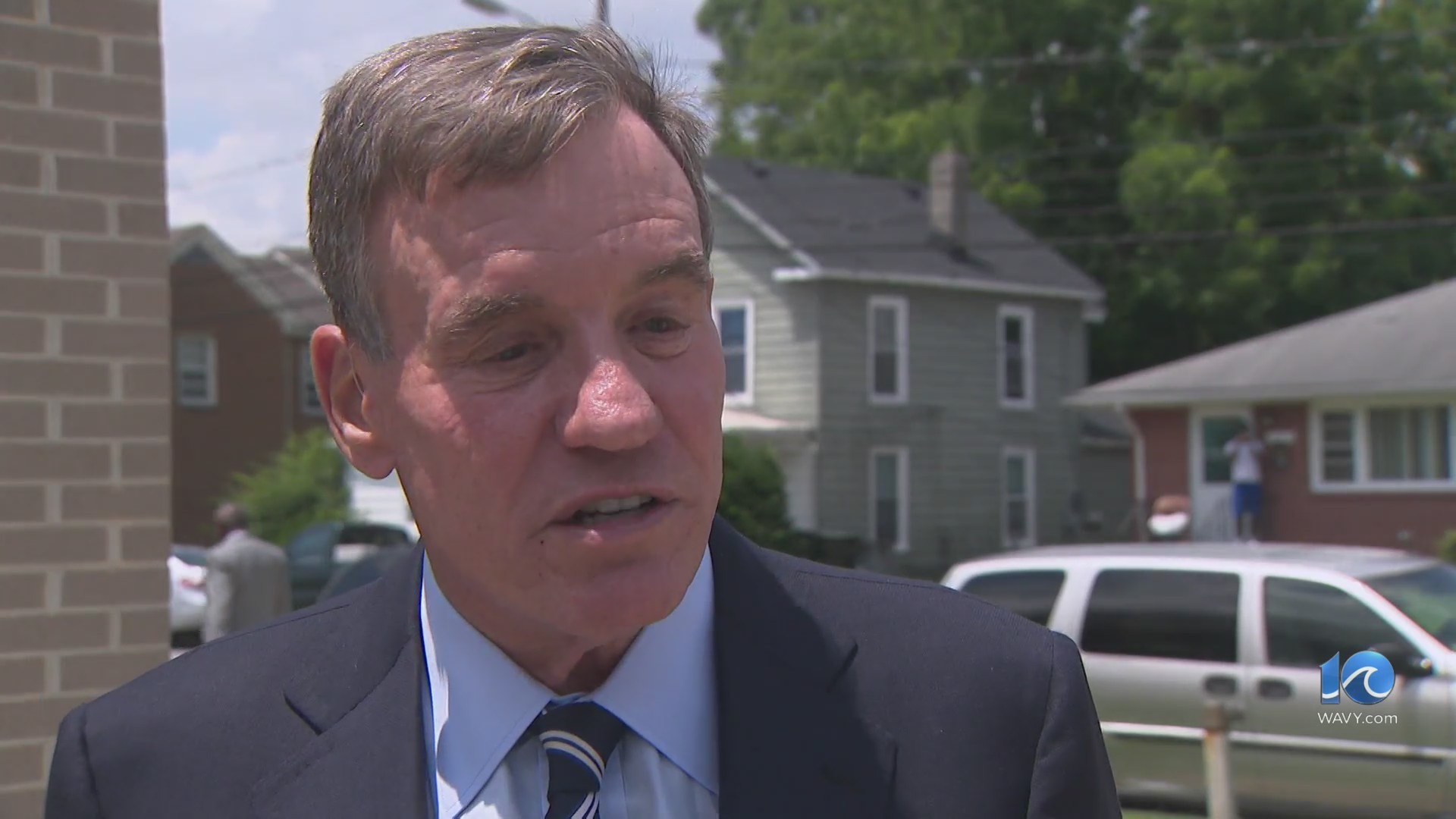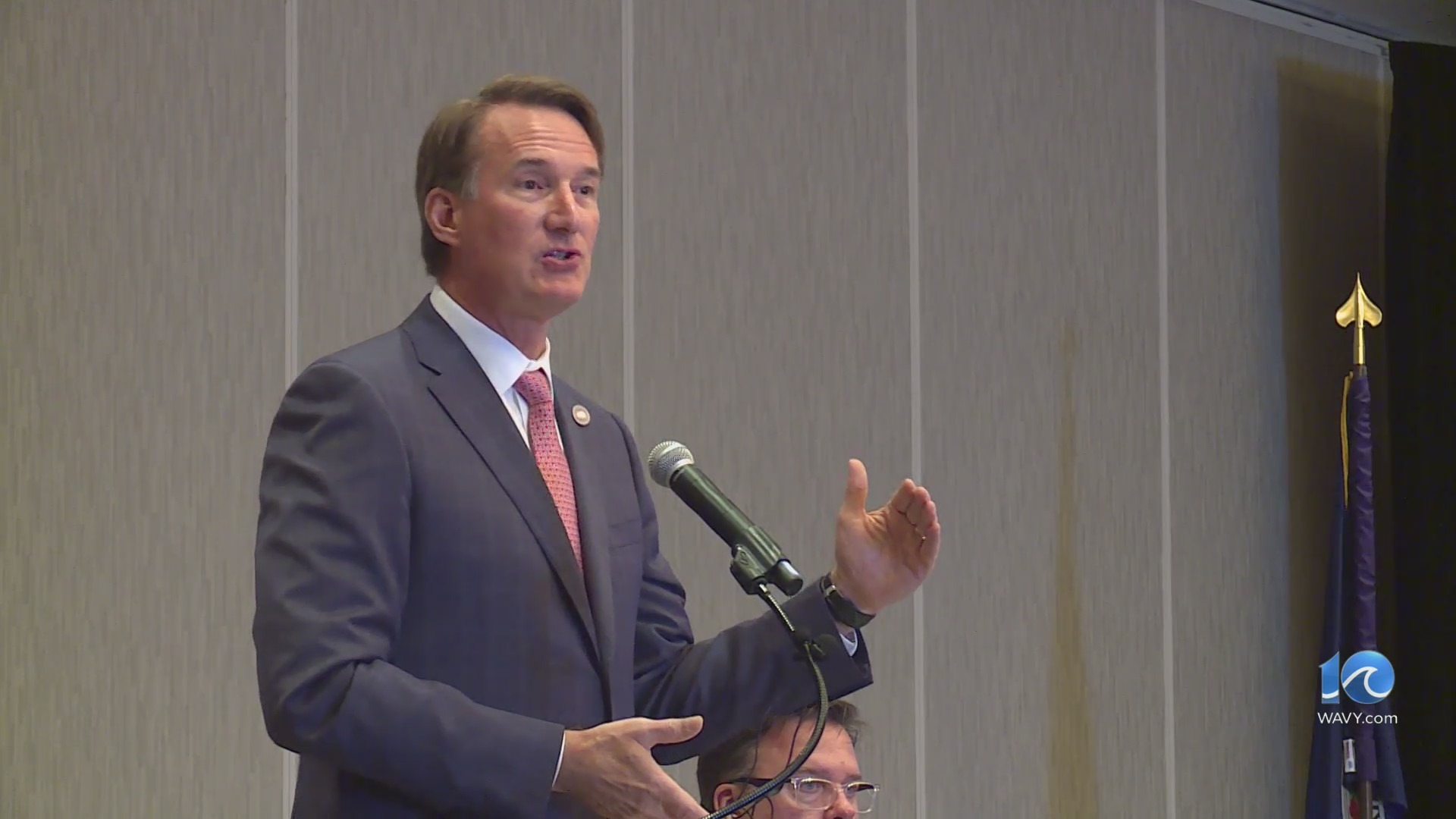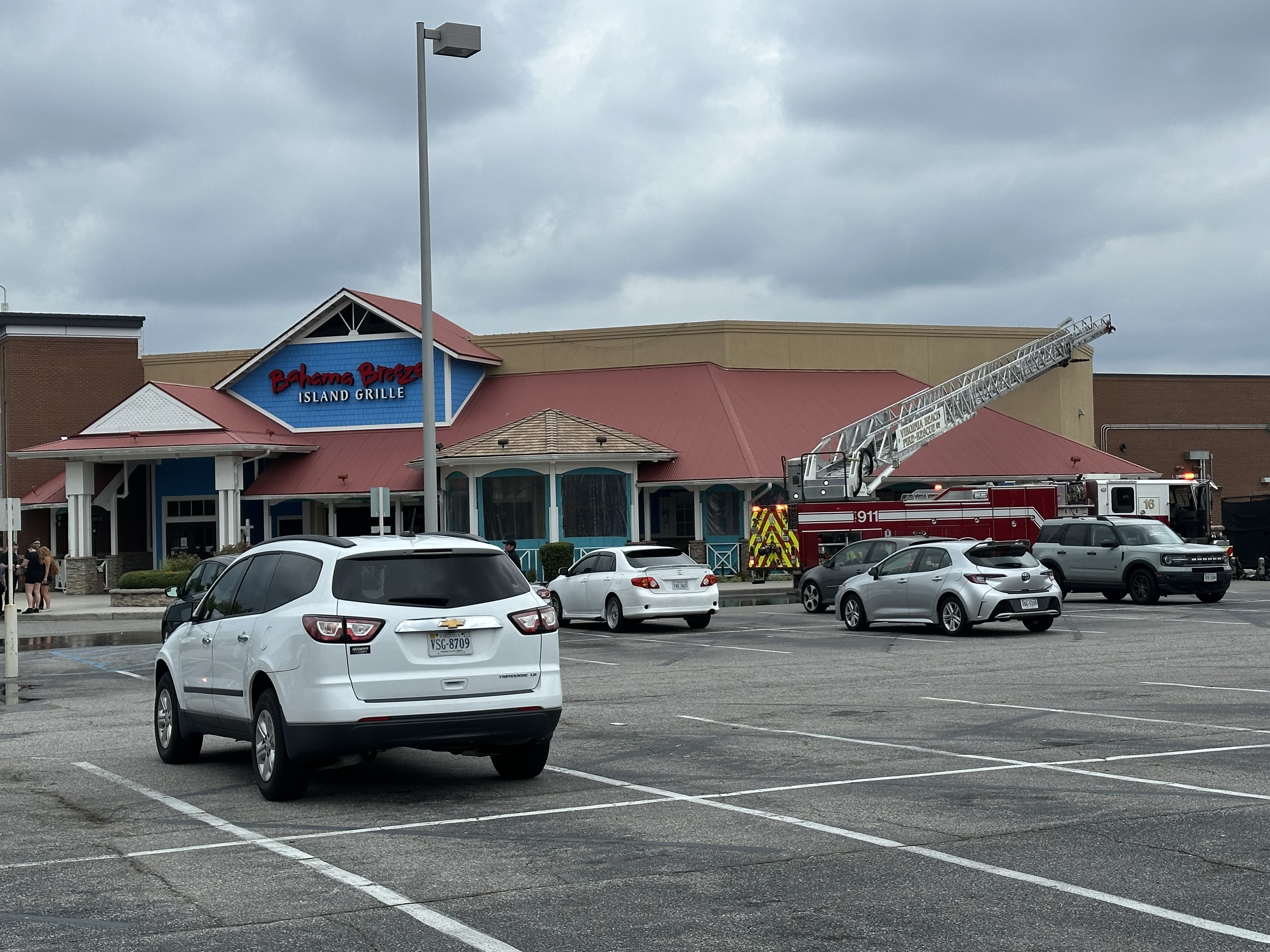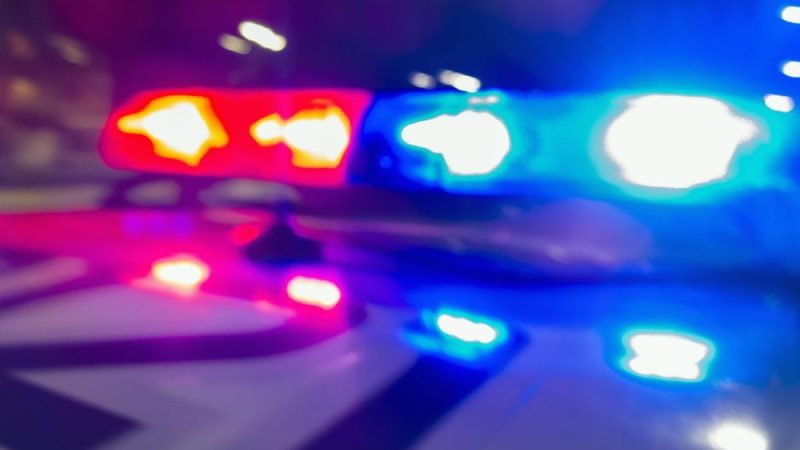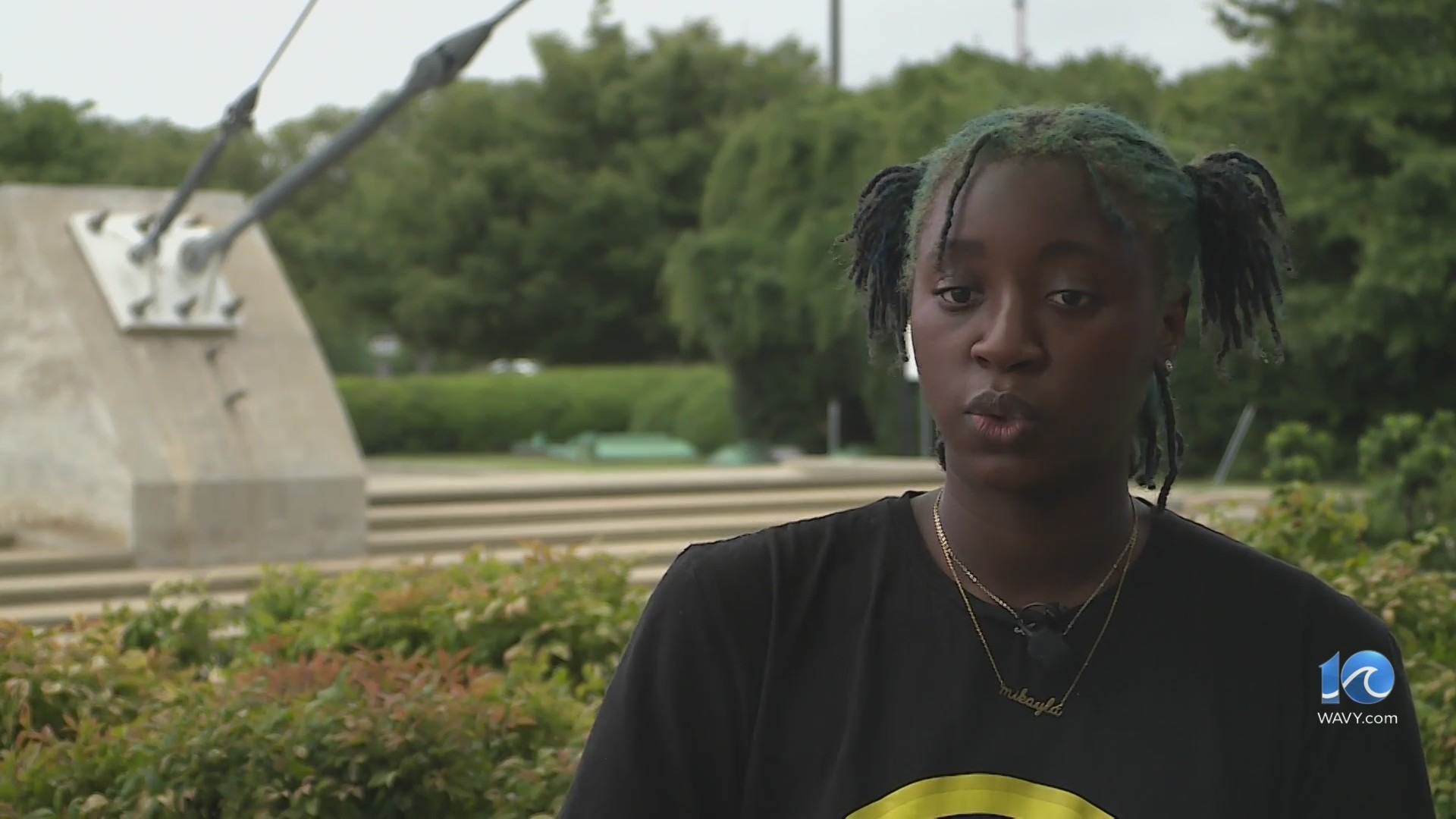CHESAPEAKE, Va. (WAVY) — Orlin Volmar said at least once a week, he is blocked from leaving the driveway of his home in South Norfolk because cars are stacked up waiting for a blockage of a different kind in the roadway.
Volmar lives two doors down from where eight Norfolk Southern Railroad tracks cross Portlock Road. He said the trains take their time.
“They’ll be out here at an hour at a time waiting for the train to leave and the guards to come back up,” Volmar said.
If the length of time seems long, Volmar said it’s because oftentimes the train isn’t moving. It’s just sitting across the tracks.
Volmar said it is more than an inconvenience. It’s potentially dangerous.
It’s a problem that isn’t new to the community, or communities with railroads in general. So much so, the Federal Railroad Administration created a portal for people to report issues in December 2019.
The problem is, in Hampton Roads, people don’t seem to be using it.
It’s illegal for trains in Virginia to block an intersection at a dead stop for more than five minutes for non-emergency reasons.
Yet, trains often do stop for periods of time to perform switching operations and also change crews.
Railroad workers have said the longer length of modern day trains have escalated the issue.
Another problem: local law enforcement has no authority over railroads. The FRA and the Virginia State Corporation Commission are the only two agencies that can enforce railroad-related rules.
A previous 10 On Your Side Investigation into consistently blocked railroad crossing along the Nansemond Parkway corridor of Suffolk revealed that 14 separate complaints were made to police within just two months.
Through a Freedom of Information Act Request, 10 On Your Side requested copies of all complaints from the seven cities reported to the FRA’s Blocked Crossing Incident Reporter since the portals launch through Jan. 15, 2021.
In total, only 21 separate complaints were made.
All occurred within the cities of Chesapeake and Suffolk, with Norfolk Southern Railroad-owned tracks making up the majority of the complaints.
Nansemond Parkway wasn’t reported to the FRA at all during that time.
Six incidents were reported at the Portlock Road crossing, that is more than any other location.
The form allows a person to insert the amount of time the train blocked the tracks and the impact it had on the community.
In two instances at Portlock Road, whoever reported the incident said they witnessed people climbing over the stopped train to get to the other side. In another instance, the person reported that the blocked train held up first responders.
Volmar said he 100% knows those accounts are true. It was not far away from where children were seen climbing over an idle train to get home from school in 2018.
“I’ve seen folks climb over the train. I’ve seen quite a few people speed up at the last minute trying to beat the train,” Volmar said. “It’s only a matter of time before there’s an accident.”
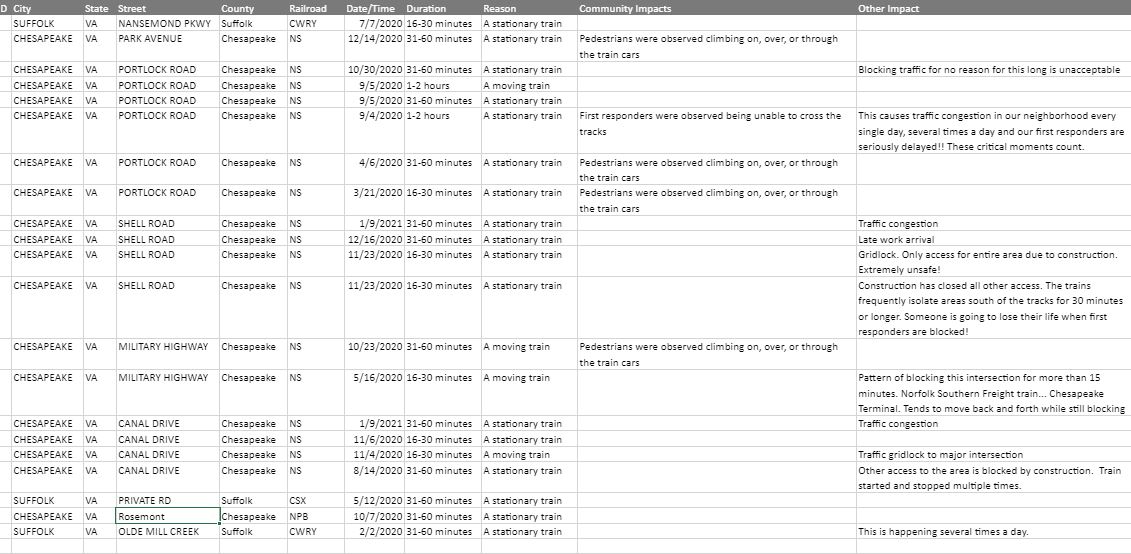
Andy Farmer, spokesperson for State Corporation Commission said those are incidents the Division of Utility and Railroad Safety would like to know about as well.
But, they don’t.
“We tabulate roughly 50 complaints a year of blocked crossings around the state. However, none of them have come from the Hampton Roads area in recent years,” Farmer said.
Fining railroads under Virginia law has proved difficult, as railroads can argue the rule could have the unintended effect of requiring a crew to violate other federal safety requirements like air brake testing and crew changes.
Farmer said their main goal is working to with railroads to mitigate the issue.
What do you do if you come across a blocked crossing?
Farmer said people must report blocked crossings. Without an accurate account of what is happening, nothing will change.
He said the first step is to contact the railroad. At all grade crossings, a blue “ENS” sign should be posted which includes a toll-free number to the railroad with the crossing number.
After calling the railroad, Farmer suggests filling out the FRA’s Blocked Crossing Incident Reporter. The FRA dispatches an inspector to a crossing that has received three complaints of blockage on three separate calendar days within a 30-day window.
He said you can also fill out a complaint form on the SCC’s website or call 804-371-9980
“It opens the dialogue. Our staff can then contact their contacts within the railroads that might be involved and see if we can work on an issue,” Farmer said.
Solutions could include working with the railroad to change their operational plans, or working with local governments to help plan for road projects that could remove the grade crossings.
Currently, the City of Suffolk is planning an overpass at a railroad crossing of Nansemond Parkway near Wilroy Road. In Chesapeake, an overpass is proposed for Freeman Avenue.
Suffolk is also looking into options where an app could be created to warn drivers ahead of time about coming trains.
Volmar is just glad he now knows who to contact.
“By all means, if we knew who to contact to do something about it so maybe they could change the traffic configuration around here, we’d definitely,” Volmar said. “I’d be calling probably four or five times a month.”

